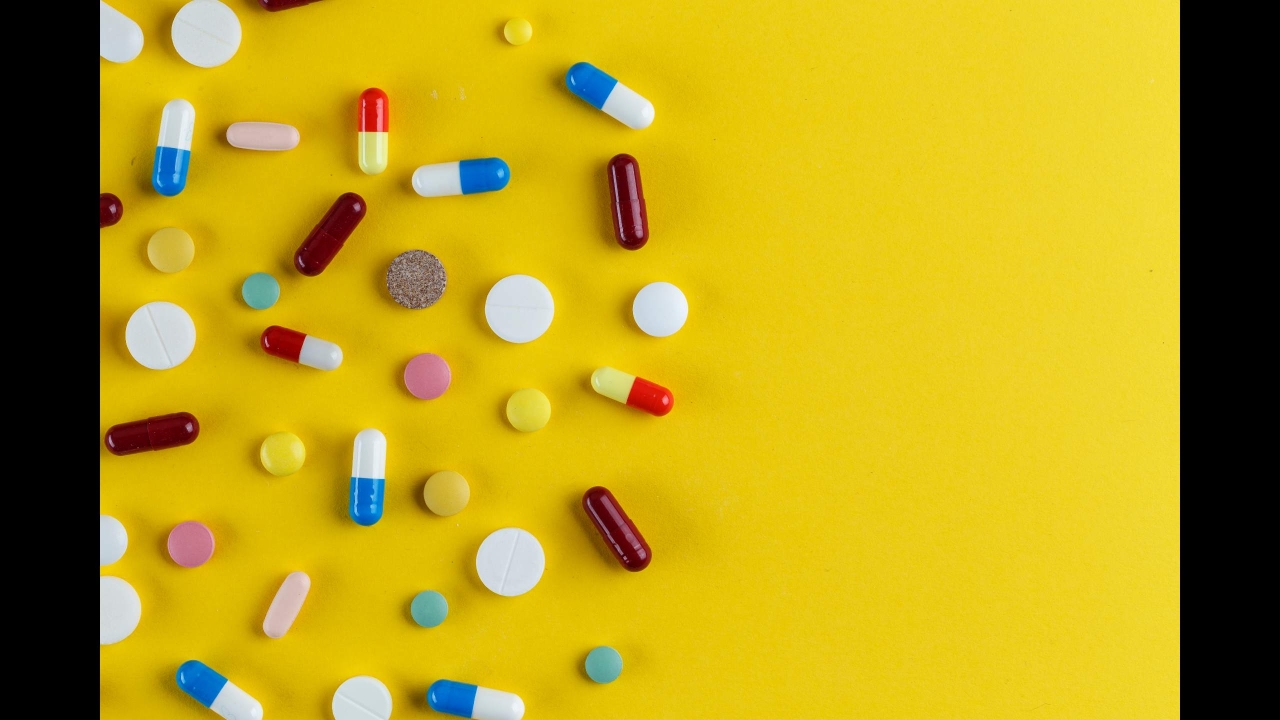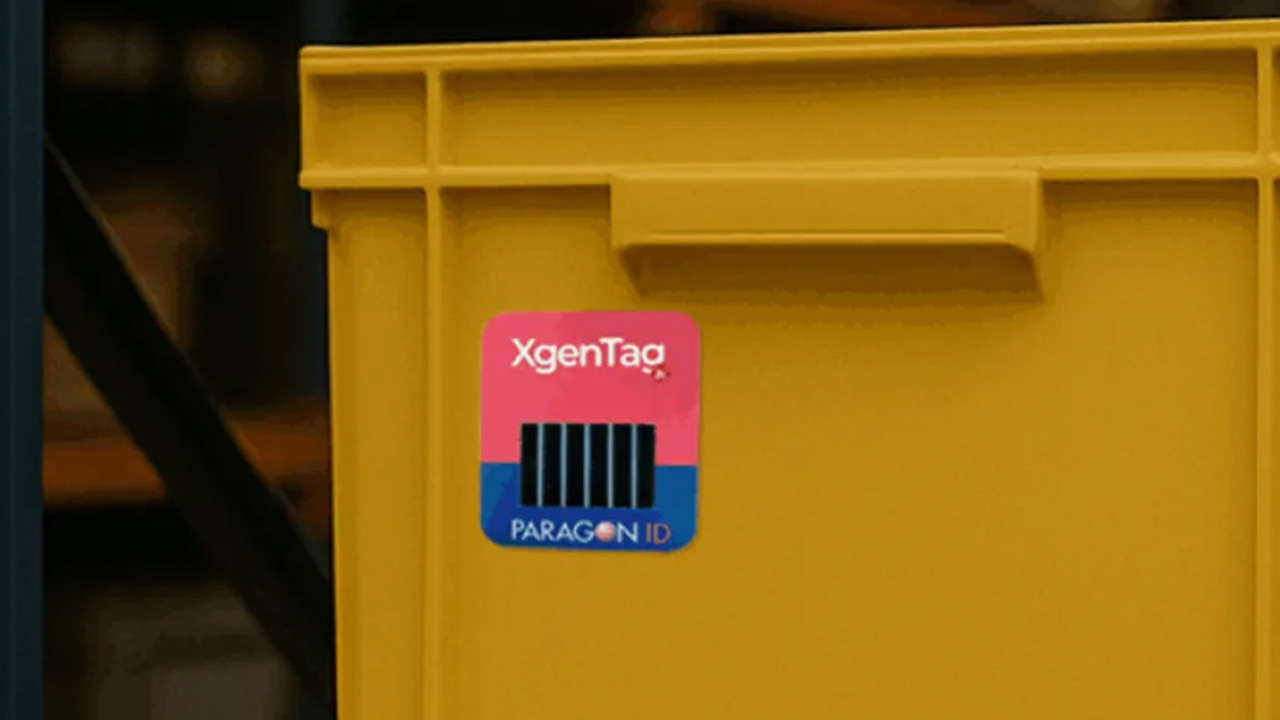Future-proofing pharmaceutical labels

Regulatory pressure placed on the pharmaceutical companies is passed down the supply chain to label converters. At this point, it is then magnified with additional product-specific requirements alongside marketing and communication needs.
According to Agata Kowalska, pharma division product manager at Avery Dennison, medical products are also often exposed to challenging environmental conditions including sterilization via autoclave, radiation, or chemical exposure. ‘In addition, we see growth of drug products that must be stored within a cold chain environment which presents a challenge for labeling. These environmental conditions can be an issue when continuing to drive innovation in the pharma label portfolio,’ comments Kowalska.
The element of regulatory compliance is impossible to omit and will most certainly never reach a global harmonization. The same applies to the specific product requirements or unexpected plant down times. Nevertheless, other factors affecting pharma such as costs associated with counterfeiting and non-adherence could potentially be solved by label converters. Moreover, these issues align with governments around the world, which are advised to fight piracy and improve costly non-adherence.
‘We carry out analysis and our wider body of research to support policy makers in devising solutions to this problem and help make EU consumers aware of economic consequences of counterfeiting and piracy at a wider level,’ says Christian Archambeau, executive director of the European Union Intellectual Property Office (EUIPO), which recently published a status report on IPR infringement.
Cost of counterfeiting
According to this report, the pharma industry in Europe suffered the second biggest total loss of sales at 16.5 billion EUR (18.2 billion USD) due to counterfeit products on the market. The only industry hit harder was the clothing, footwear and accessories market.
Precise calculations of lost sales and revenue are difficult to gauge, but the World Health Organization estimates counterfeiting costs the global pharma industry 75 billion USD a year. According to a report by PricewaterhouseCoopers published in 2017, the counterfeit drug market earns between 163 to 217 billion USD per year, making it one of the most lucrative forms of illegally copied goods.
The second serious cost is patient non-adherence which is estimated between 100 billion to 290 billion USD in the USA, 1.25 billion EUR in Europe and approximately 7 billion AUD in Australia. Additionally, 10 percent of hospitalizations in older adults are attributed to medication non-adherence with the typical patient requiring three extra medical visits per year, leading to 2,000 USD increased treatment costs per annum.
Pharmaceutical companies have manufactured drugs for global distribution for decades. Despite bearing substantial costs, the market is growing nearly 6 percent a year with a forecast to reach 1.17 trillion USD by the end of 2021.
Naturally, pharmaceutical companies are looking for solutions which could reverse the costly issues of counterfeiting and non-adherence. Future-proofing label technologies could be the answer for redirecting losses into investments in packaging, and potentially into profits.
Pharma IQ, the organizer of the Pharmaceutical and Labels Summit in Zurich in July this year, has highlighted the top new technologies which could bring much needed change to the pharma market. The list mentions temperature indication technology, NFC technology, text to voice feature, counting and light up packaging, unit dosing and fingerprint authentication.
Technology rises to the challenge
Global converting group CCL industries is already rolling out these technologies across its healthcare and specialty division production lines.
Avery Dennison also has products for NFC and supply chain tracking (UHF RFID). ‘We are the world’s largest supplier of UHF RFID solutions and we continue to evaluate emerging technologies as evidence of our recent investments. With over 20 percent growth expected in the next few years, we are focused on continuing to expand our portfolio to meet the needs of the emerging segments,’ comments Jay Wittmann, product manager of intelligent labels at Avery Dennison.
According to Kowalska, integrating RFID into pharmaceutical labels is currently the biggest opportunity. ‘Some brands have begun using RFID technology for the authentication of prefilled syringes and tracking time and temperature during shipping,’ she says.
RFID is a technology that NiceLabel has been involved in for decades. Its Label Management System has been tested to support this functionality. ‘NFC, a specific type of RFID, has become more common in the recent decade or so with label printers also offering this option. Our software supports NFC, too. RFID offers a robust solution for authenticating goods and preventing counterfeiting,’ says Ken Moir, VP of marketing at NiceLabel.
NiceLabel has recently added a cloud and SaaS capability to its label management system. Centralizing this technology, according to Moir, is the best way for companies of all sizes to manage labeling operations across multiple sites and countries.
‘I would say to the technology companies that want to add their product to packaging: they should first partner with a converter to ensure their product or technology can be applied to the packaging at scale,’ warns Karl Hoepper, marketing manager at CCL Industries.
According to Hoepper, technology companies often fail to understand the converting process and design their product without first consulting a printer. ‘If we cannot successfully convert the technology at scale, the product is not viable and will need to go back to development or the converter will have to spend a significant amount of capital to customize their machinery,’ he says.
Future of pharmaceutical labels
‘The largest untapped opportunity that bridges across all types of labels and packaging is smart packaging. Increasing numbers of companies are developing smart features,’ says Hoepper.
‘RFID is a great solution in the pharmaceutical space because of its unique identification and tracking capability. Manufacturers are able to verify that authentic products leave their facility and reach the consumer safely. Additionally, in the future, we see it opening up new possibilities for drug manufacturers to interact with consumers,‘ adds Kowalska.
‘Smart technologies will integrate into to the label market and RFID and NFC have already been integrated in many smart label technologies. Also, cloud-based solutions and virtual reality are already an integral part of the label market and growing,’ says Paavo Sillanpaa, business segments manager, specials for UPM Raflatac Americas.
Sensing labels are the next big thing, according to Hoepper: ‘We are already converting several products to sense environmental factors. Smart technologies are being integrated and are enhancing the value of the label every day. The label is the only consistent point of contact a consumers or brands have with their customer. Right now, the bigger brands are waiting for the first large scale product to go into full production.
‘The value of smart packaging in terms of consumer safety, authenticity, medicine adherence, instructional videos, consumer engagement, market intelligence, health gamification, behavioral education and improved health outcomes is significant. The label will be part of the ecosystem, part of the connected home, integrated with Alexa and will provide life-changing data to the consumer, care giver and their physician.’
NiceLabel sees the new smart technologies integrating into the label market as offering users faster, more efficient ways to manage their labeling operations. ‘Our cloud offering will also make label management systems available to companies who currently would not have the IT budgets or staff to digitally transform their labeling. We don’t anticipate disruption, but lots of process, quality and cost optimizations. At first, digital transformation sounds scary to some people, but once they realize it offers multiple benefits and reduces risks rather than increasing them, they quickly embrace the concept,’ comments Moir.
Avery Dennison believes smart labeling is a complementary technology and is best when paired with other solutions such as pressure-sensitive labels. ‘Consumer engagement is an important trend where our combined solution can help our customers grow. We are excited to be part of this change,’ said Jay Wittmann, intelligent label division product manager.
Stay up to date
Subscribe to the free Label News newsletter and receive the latest content every week. We'll never share your email address.

